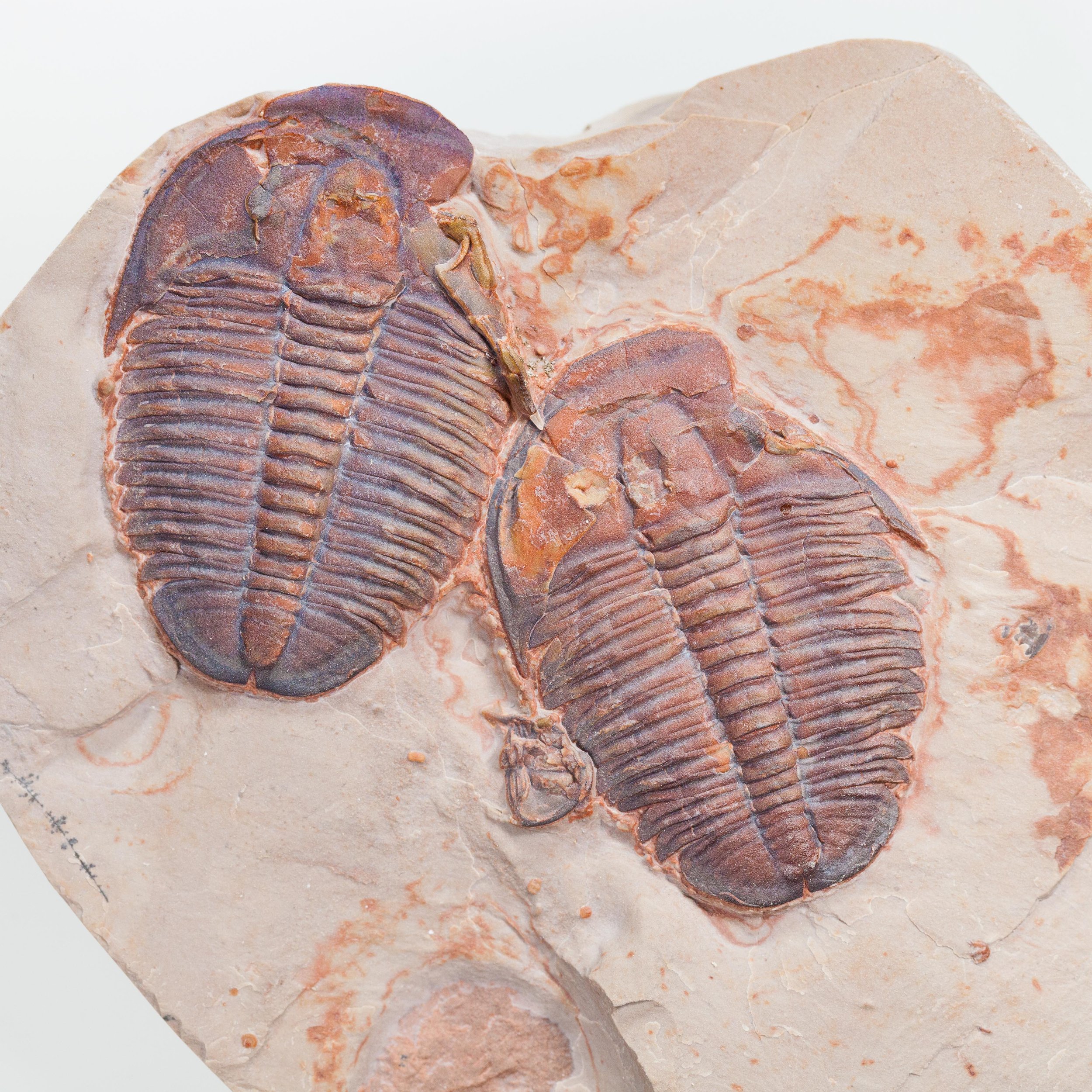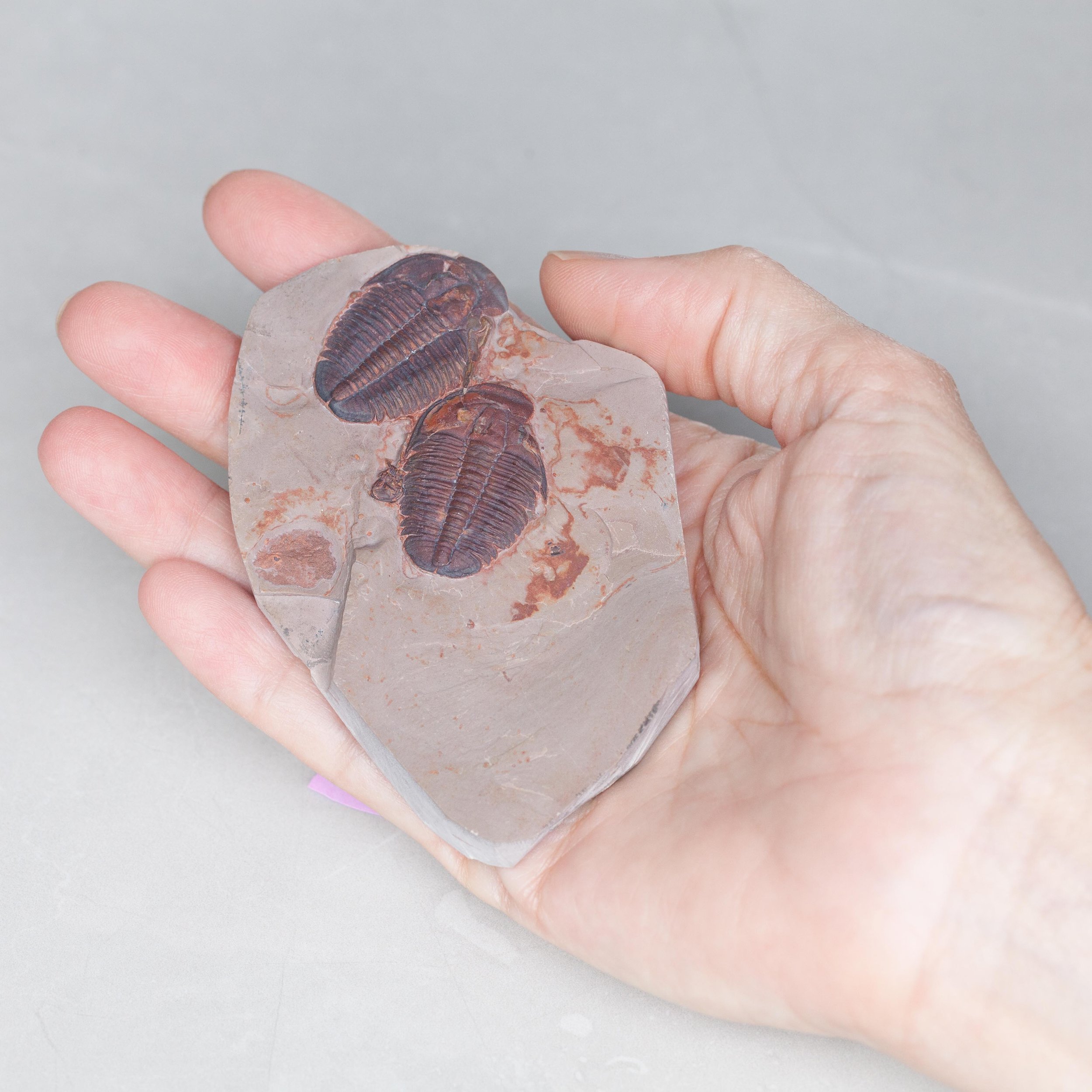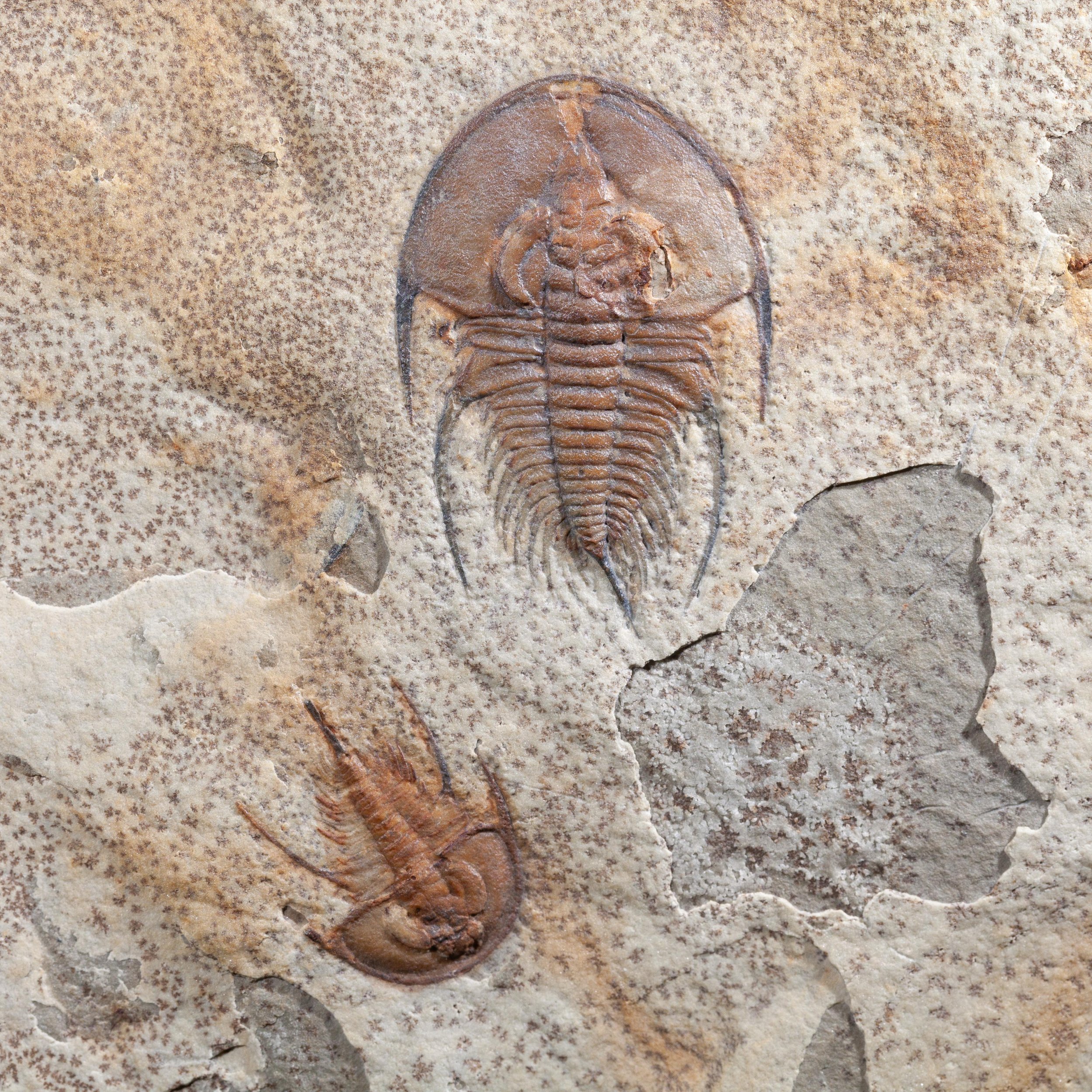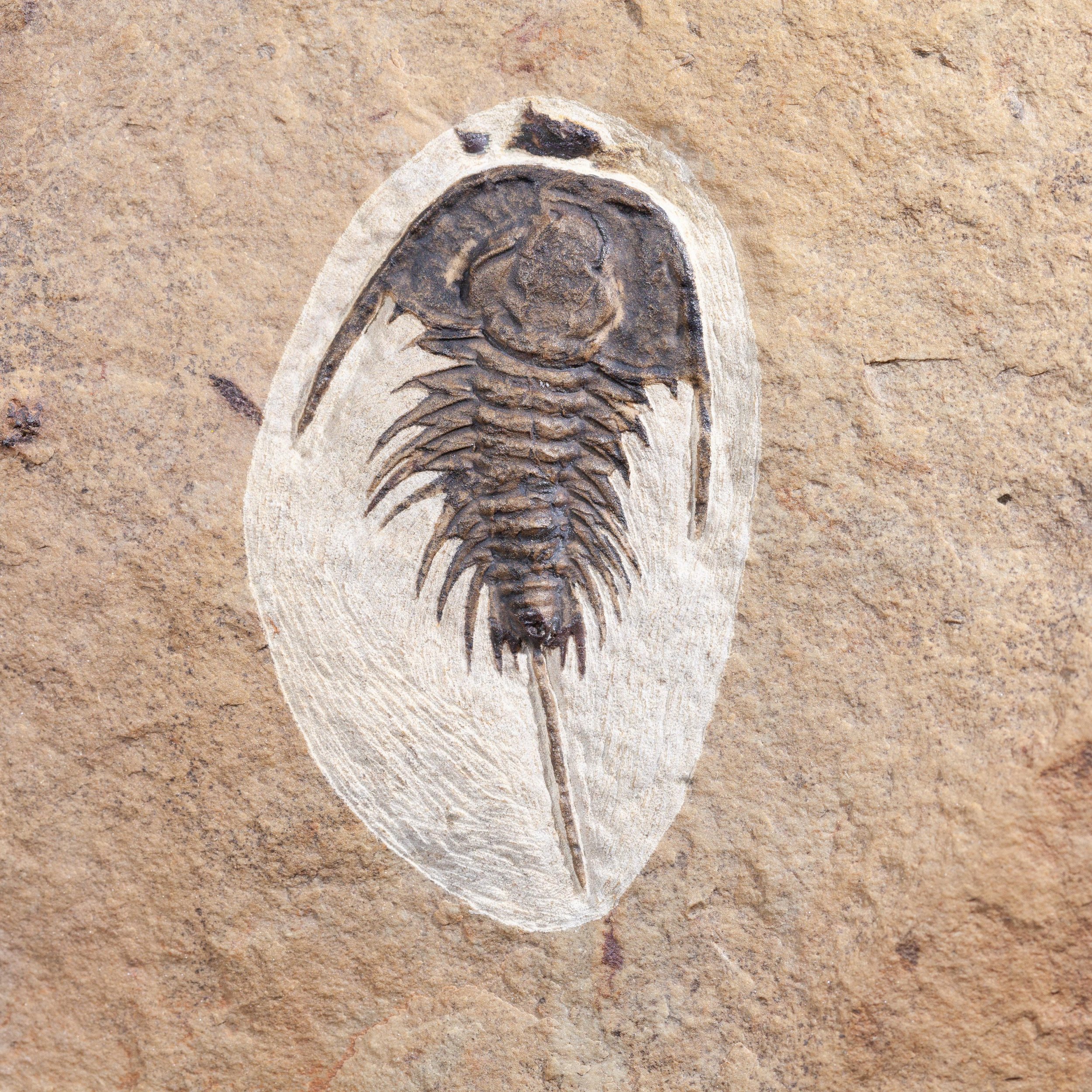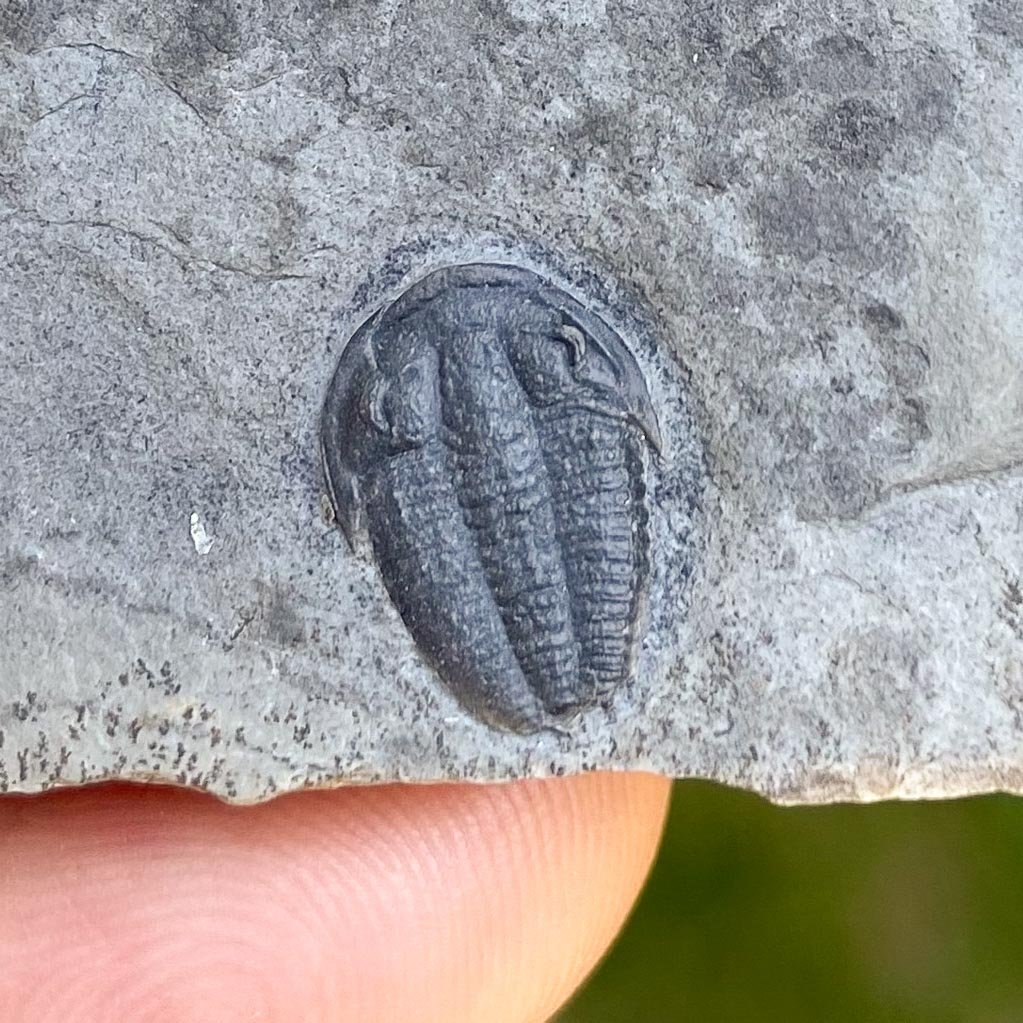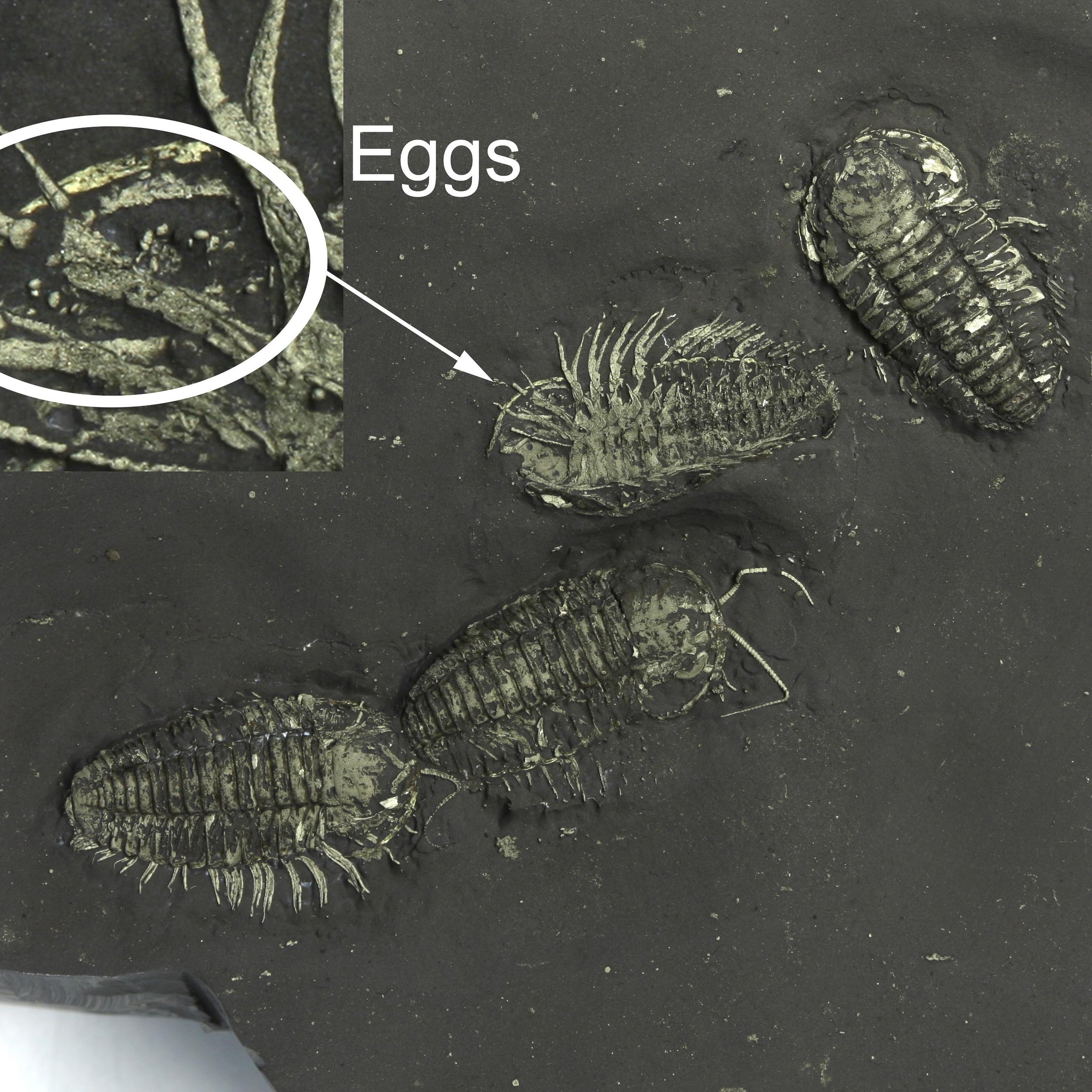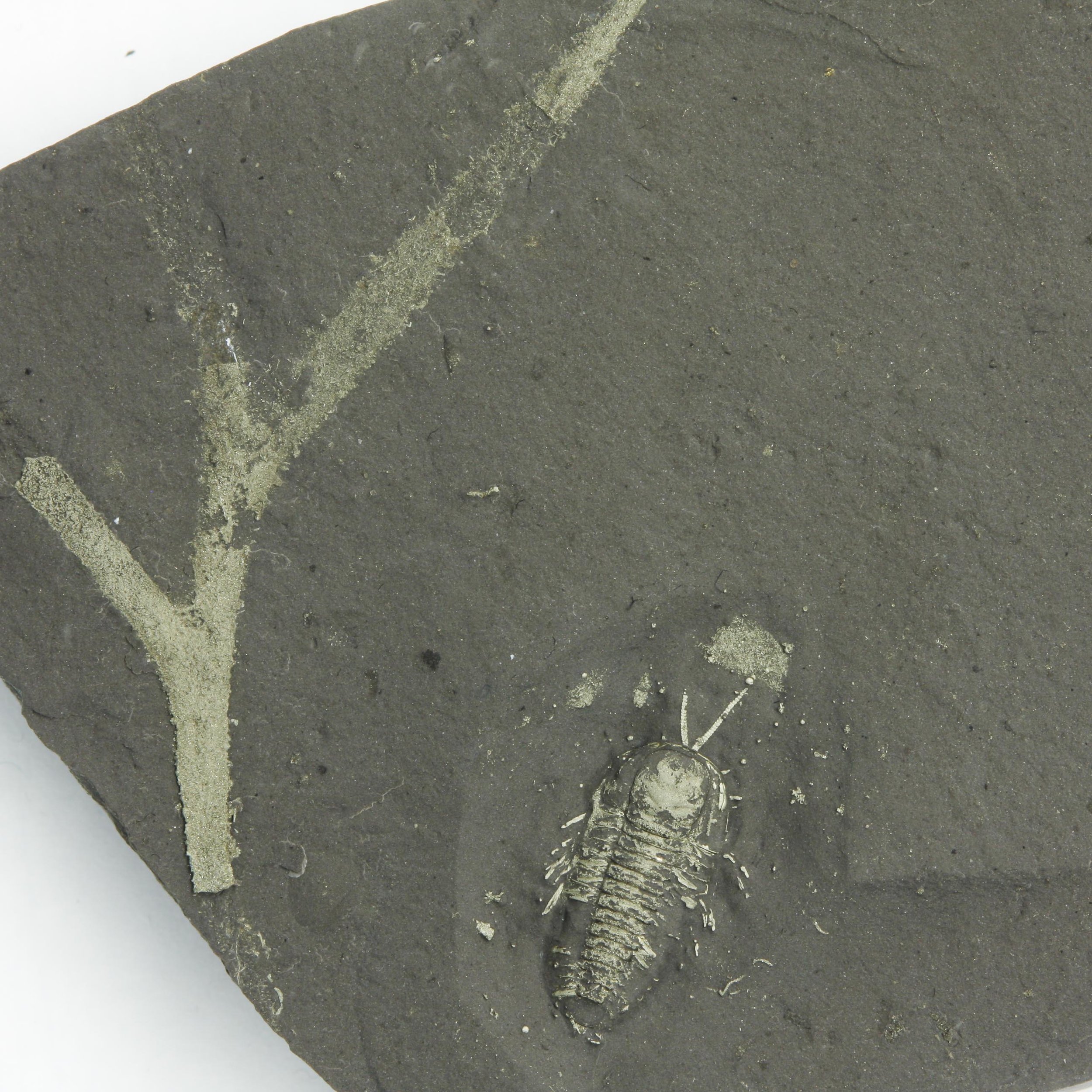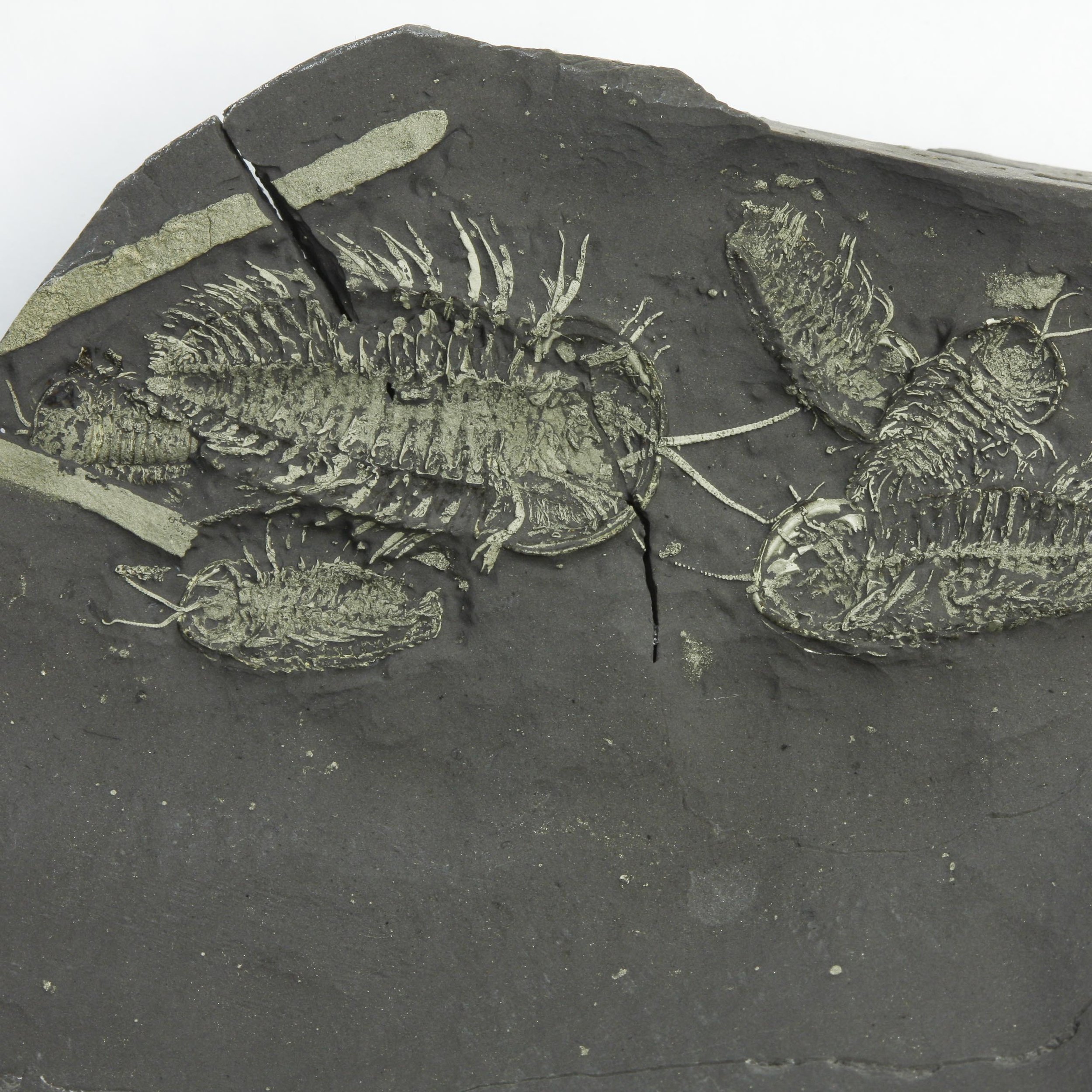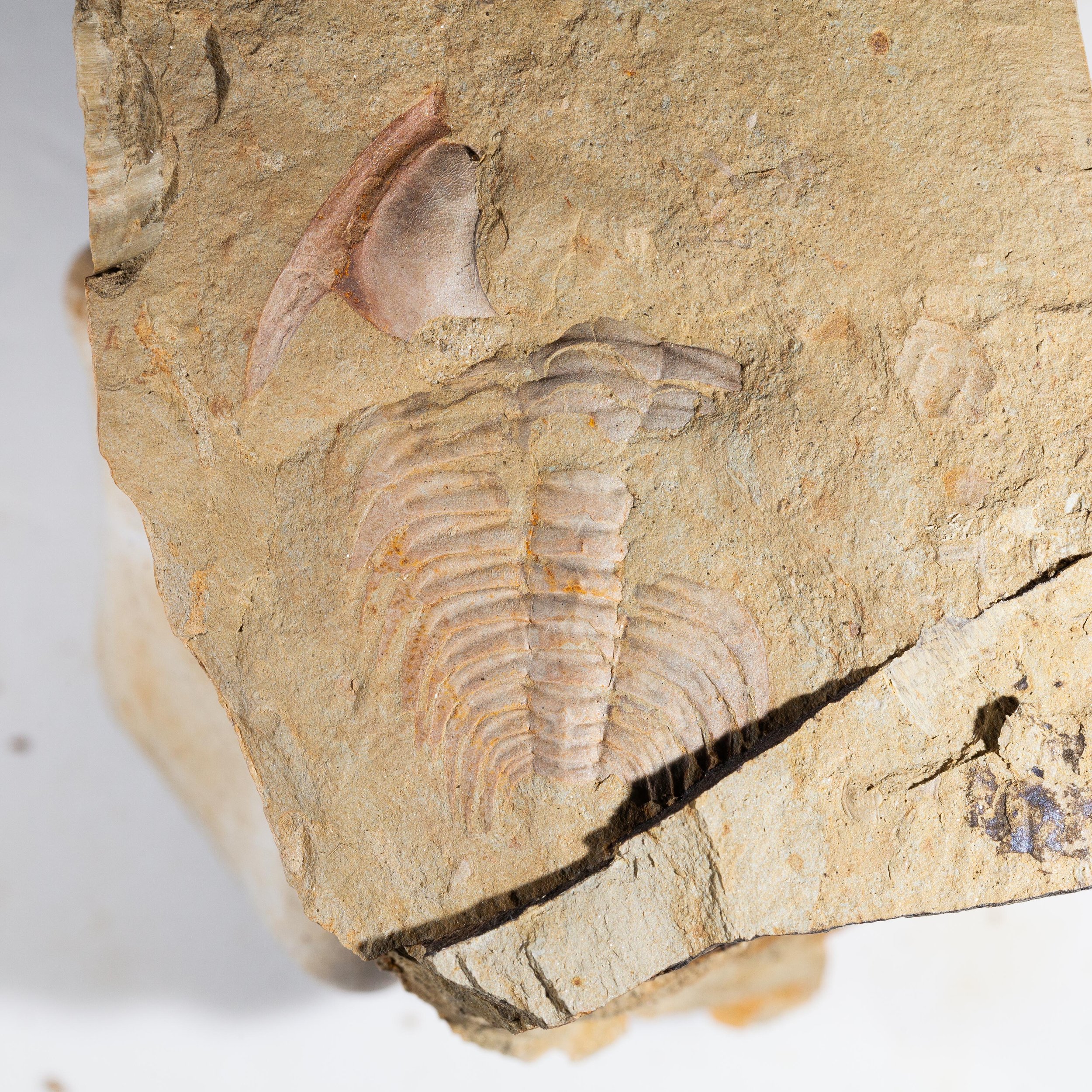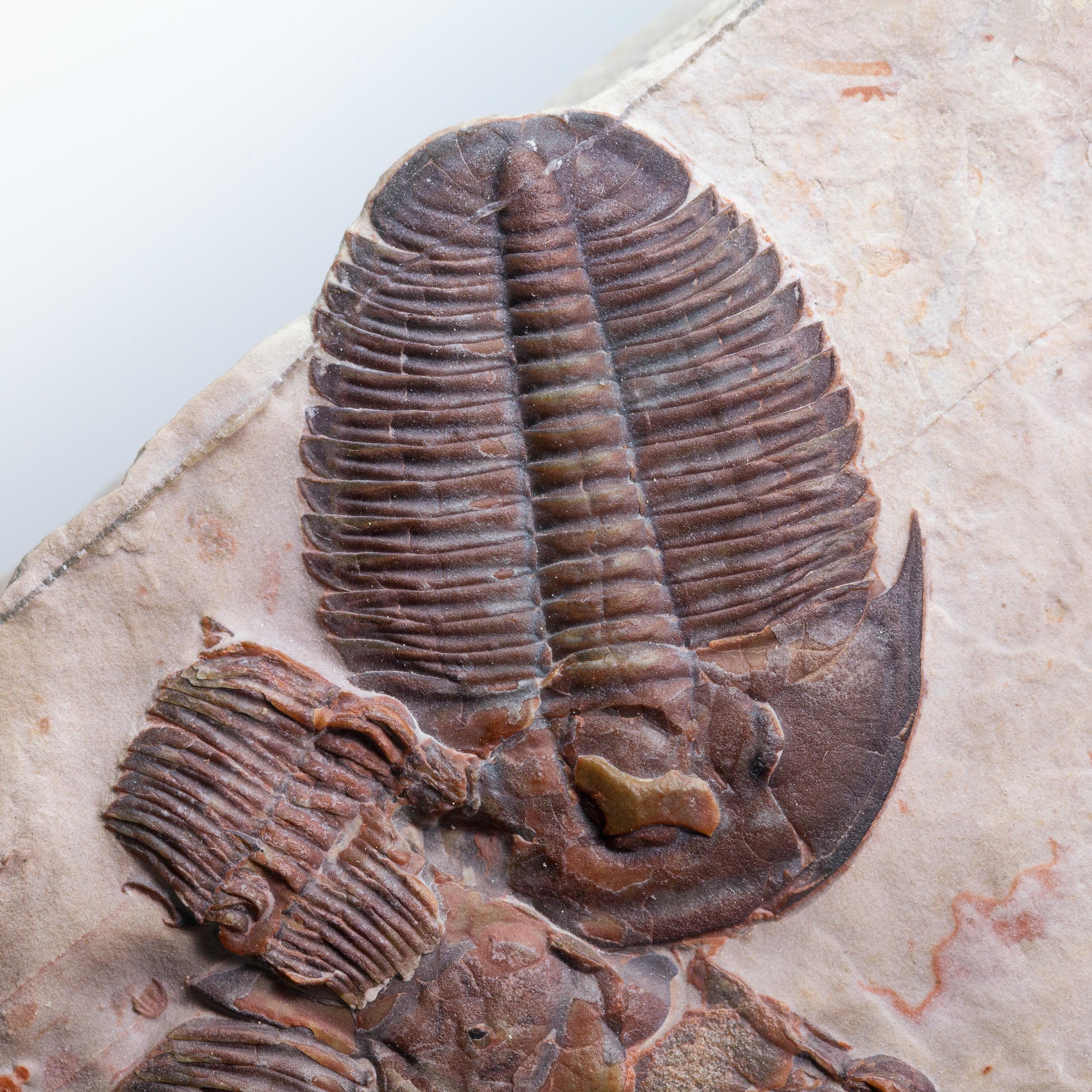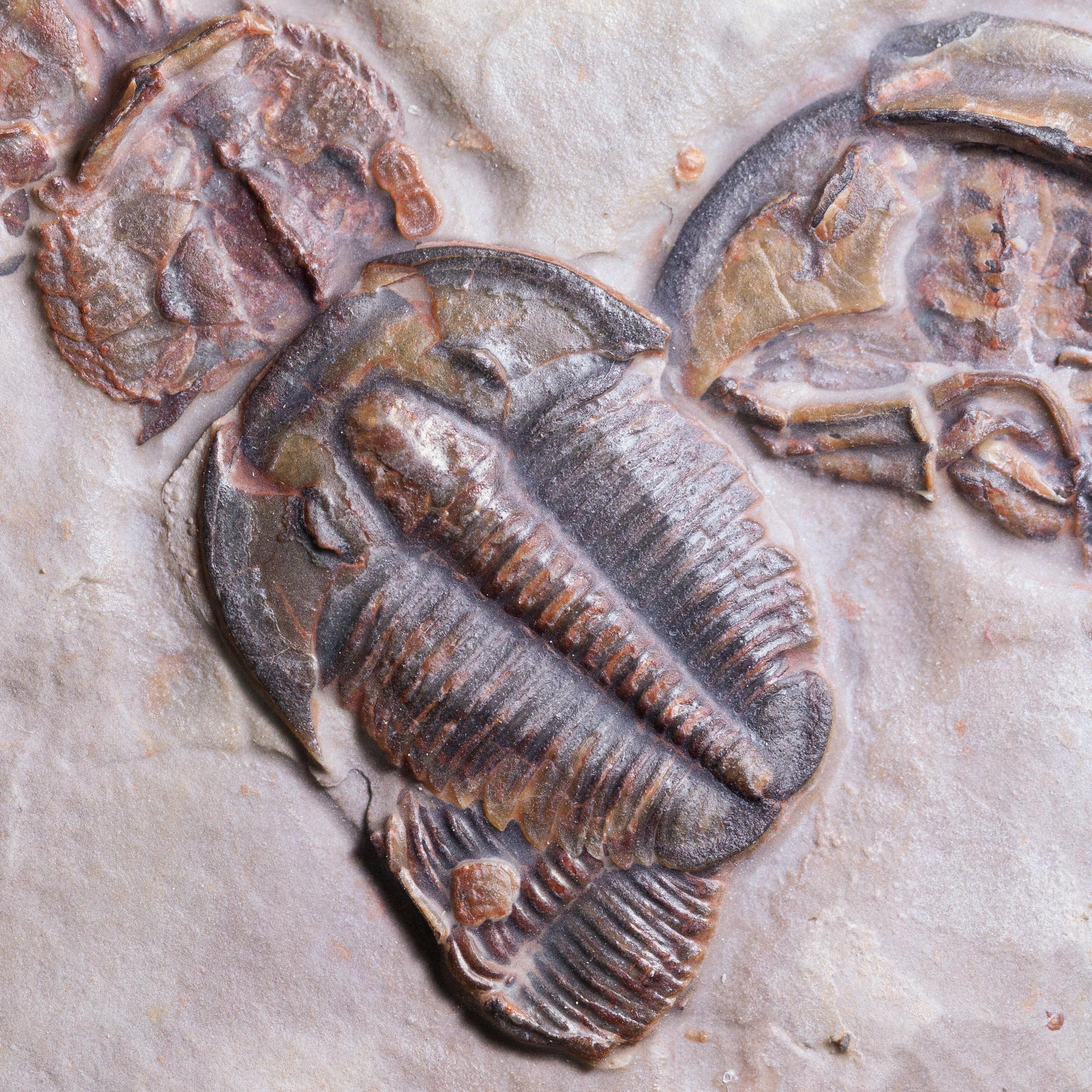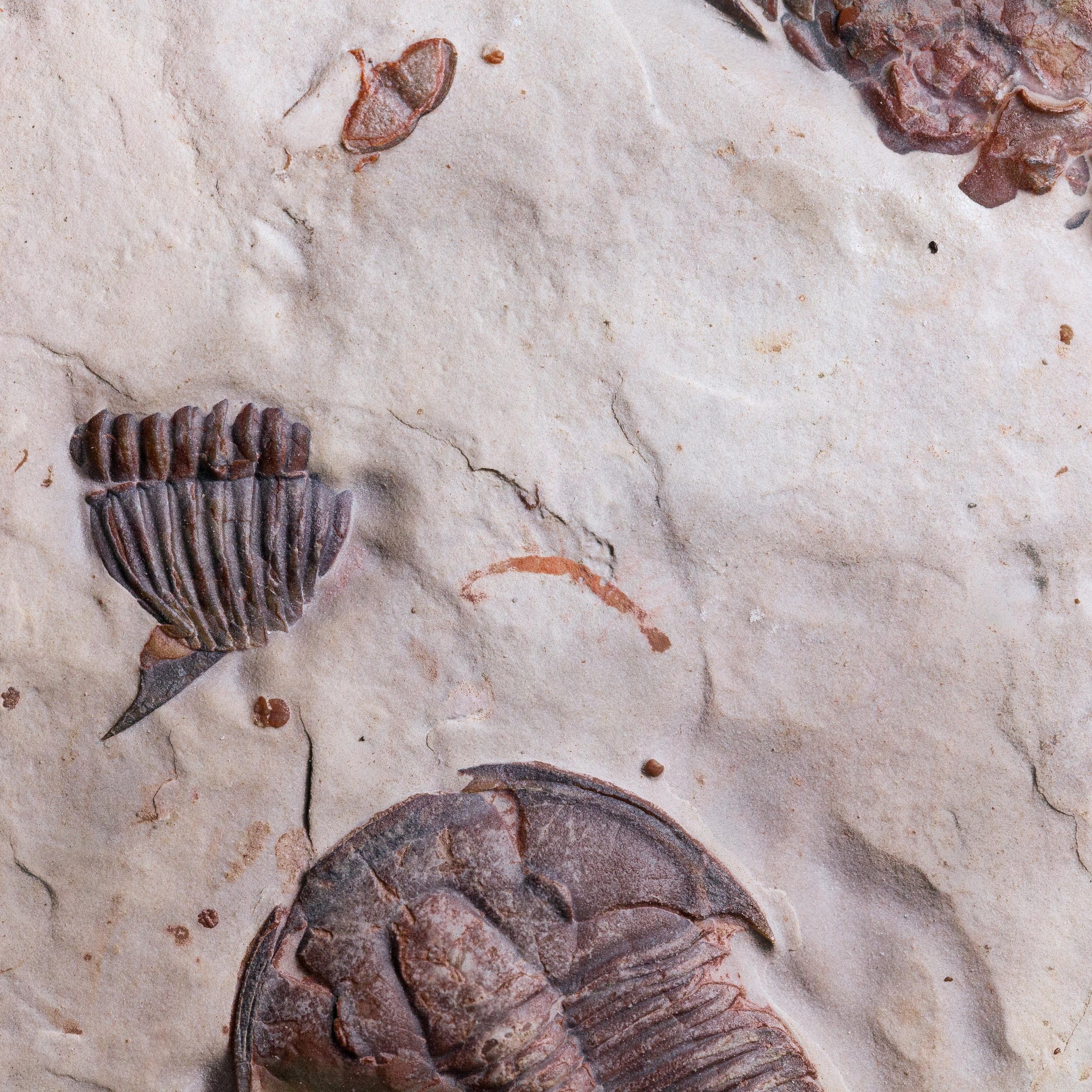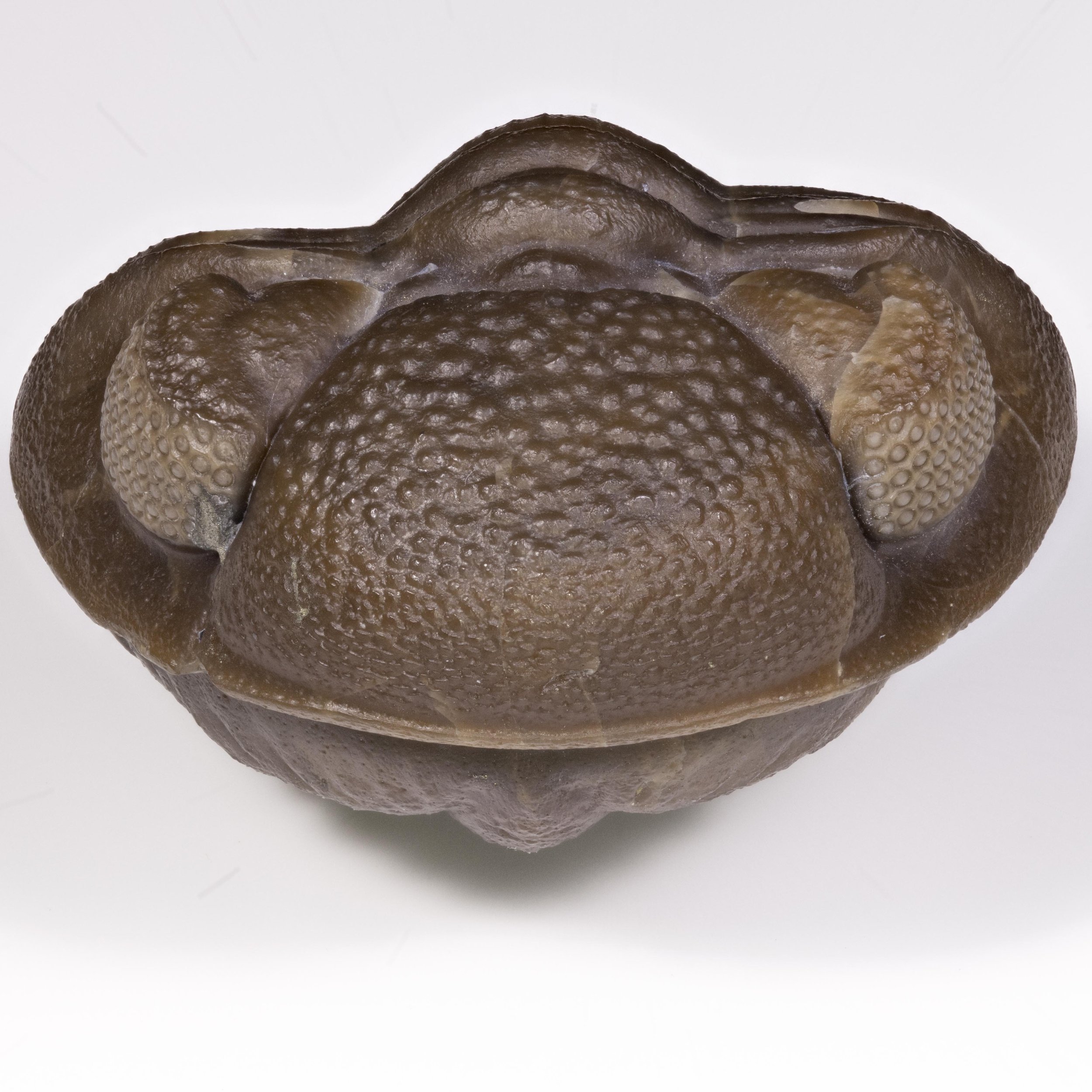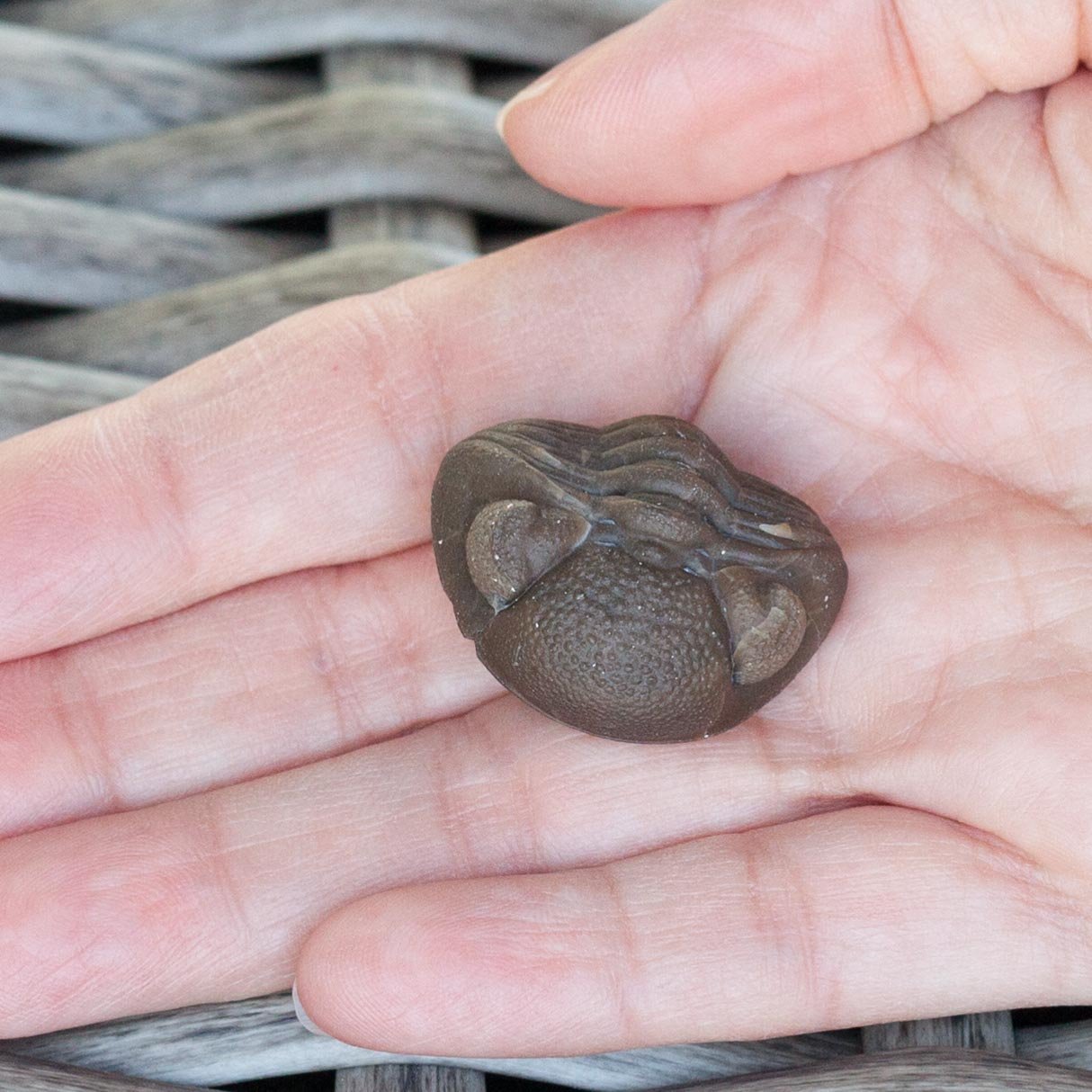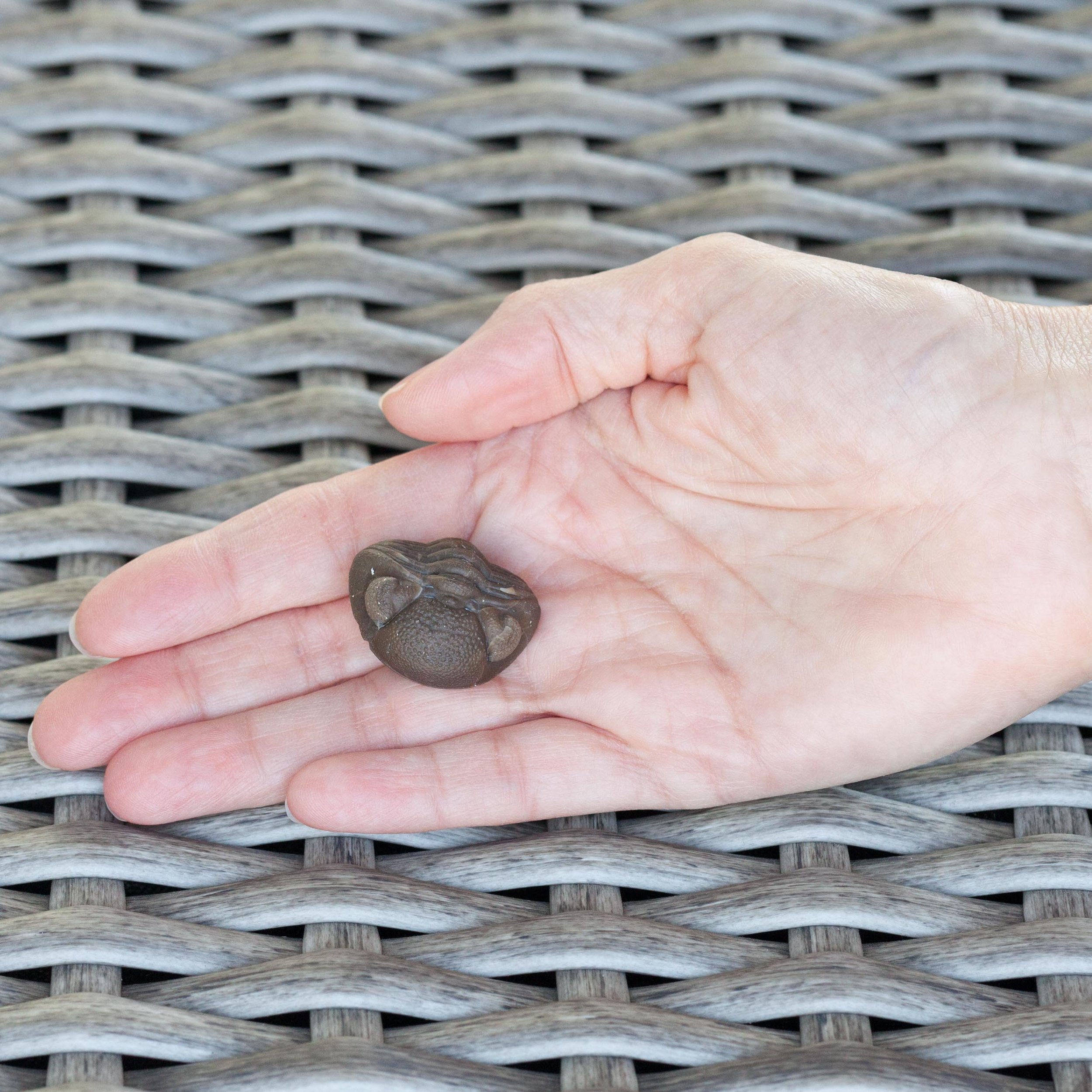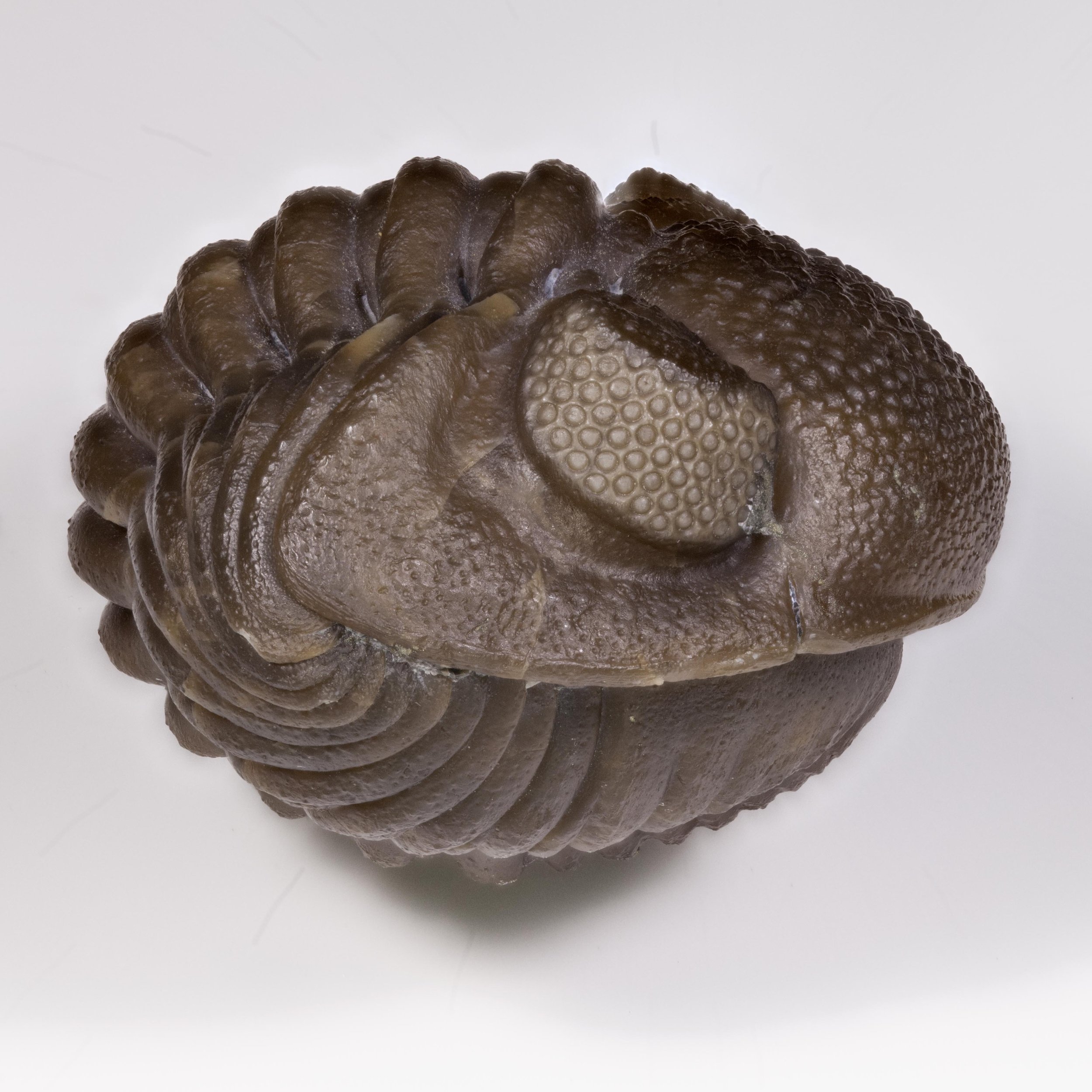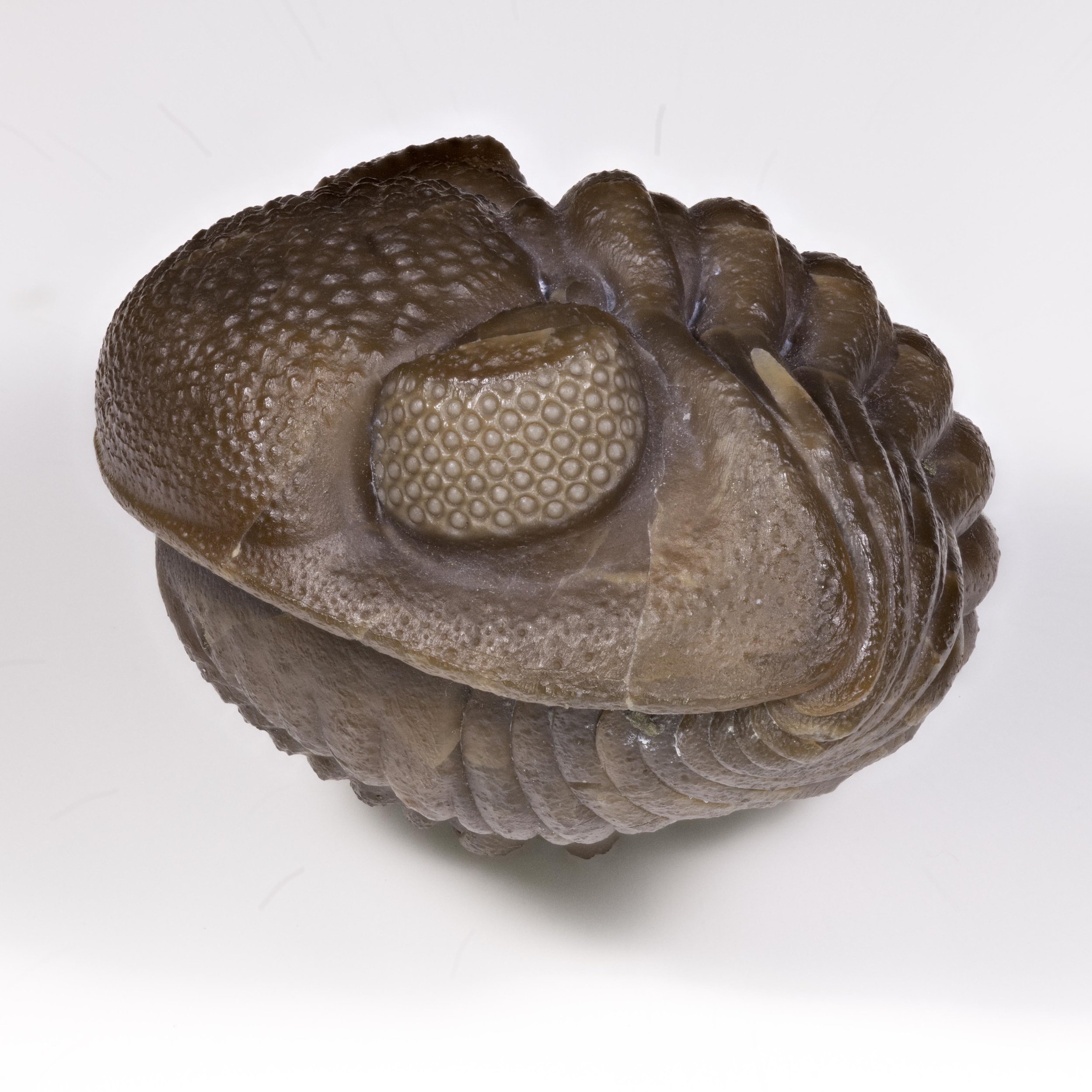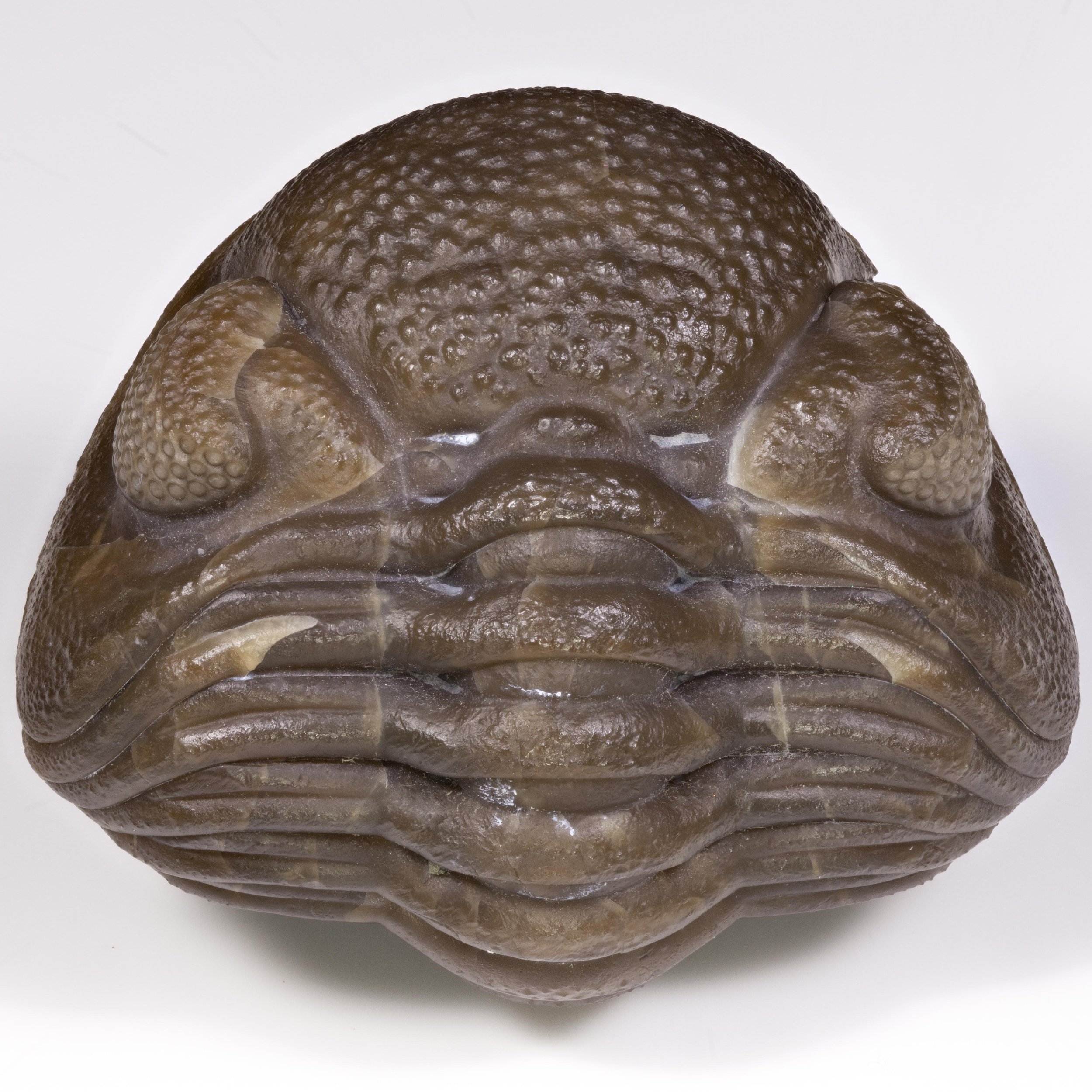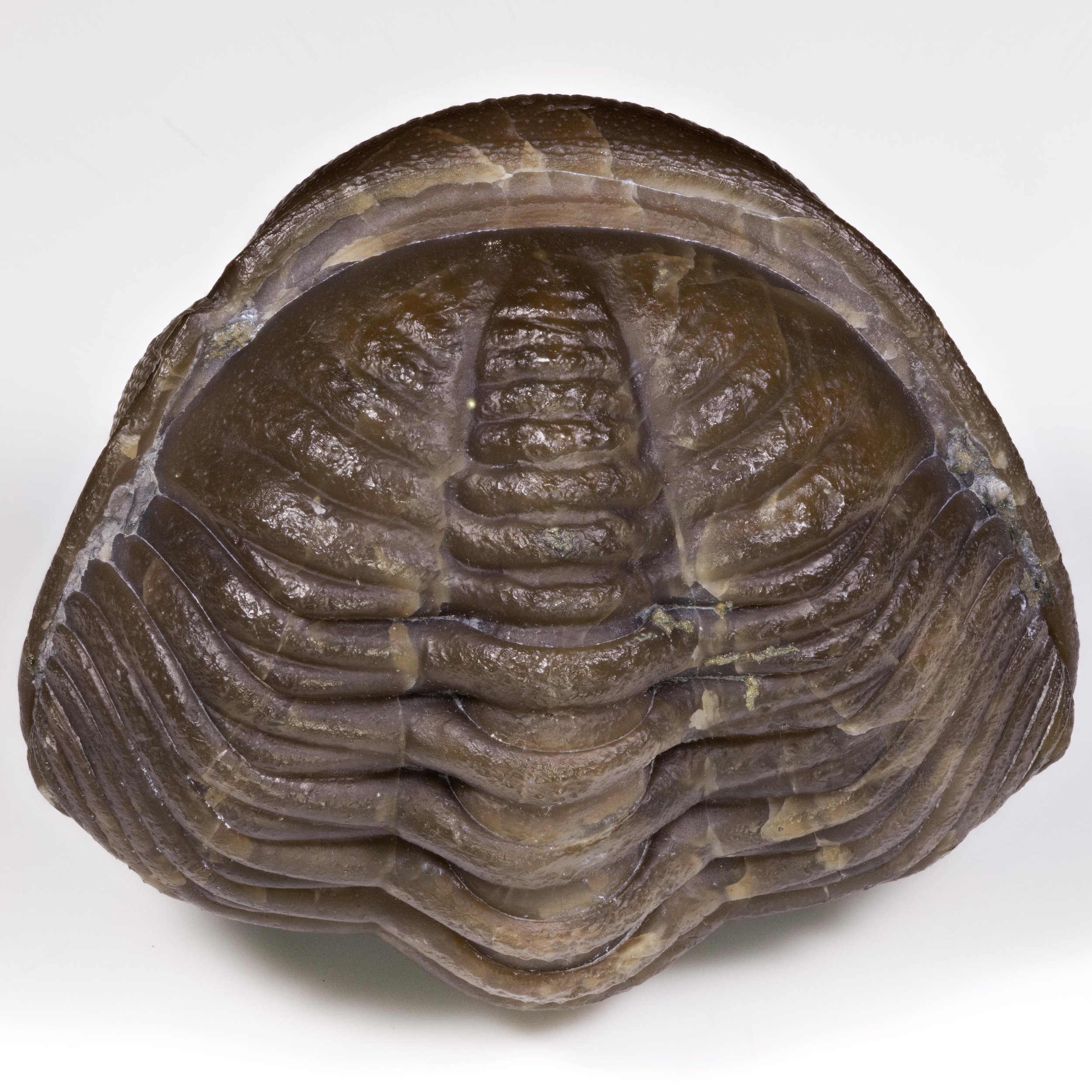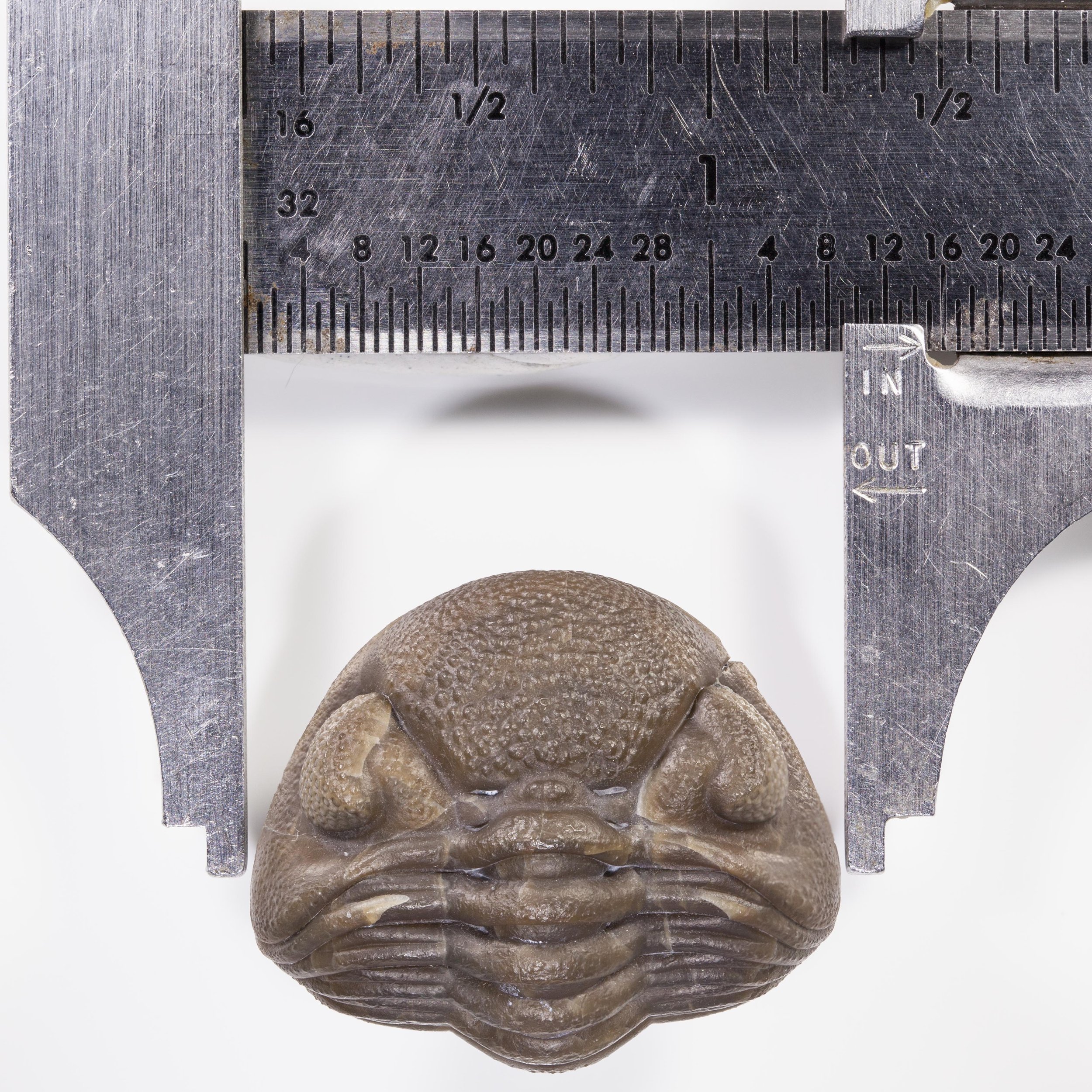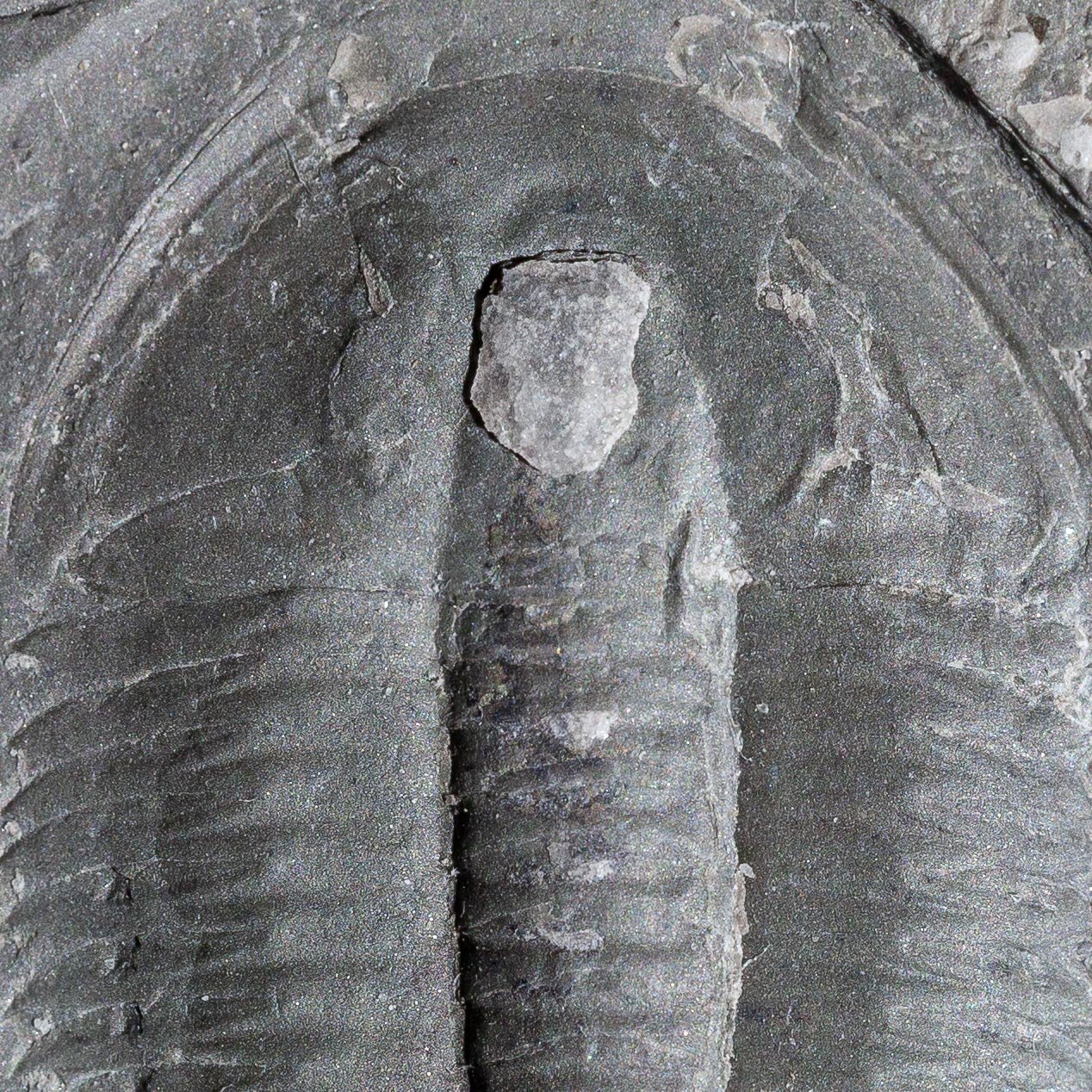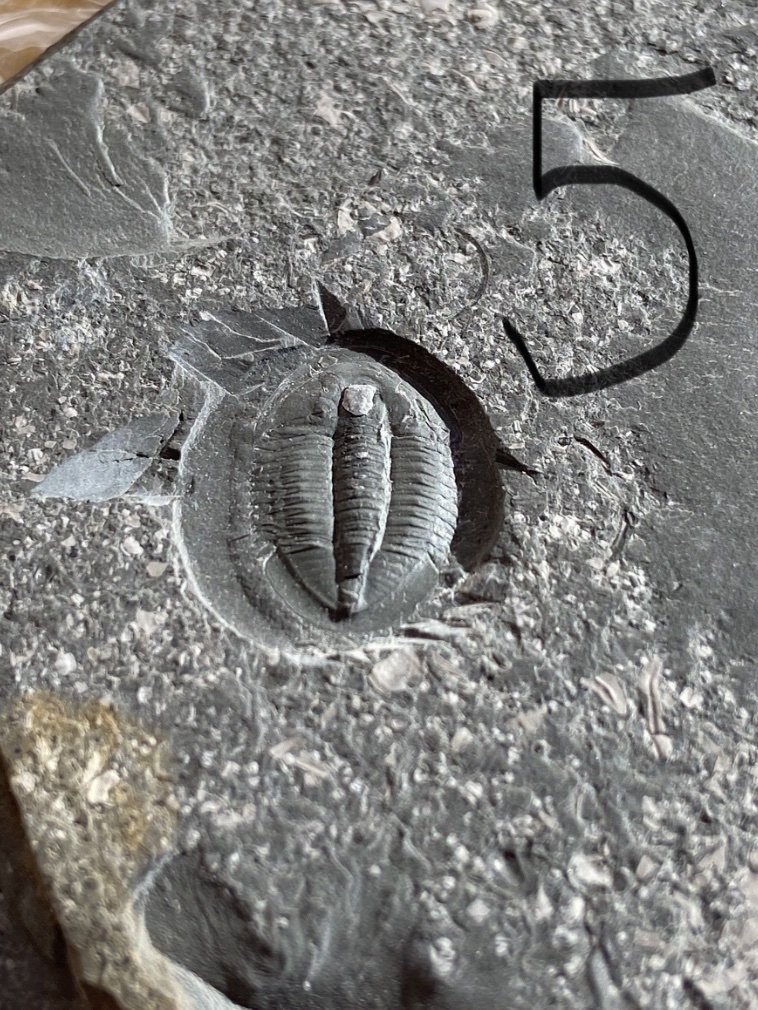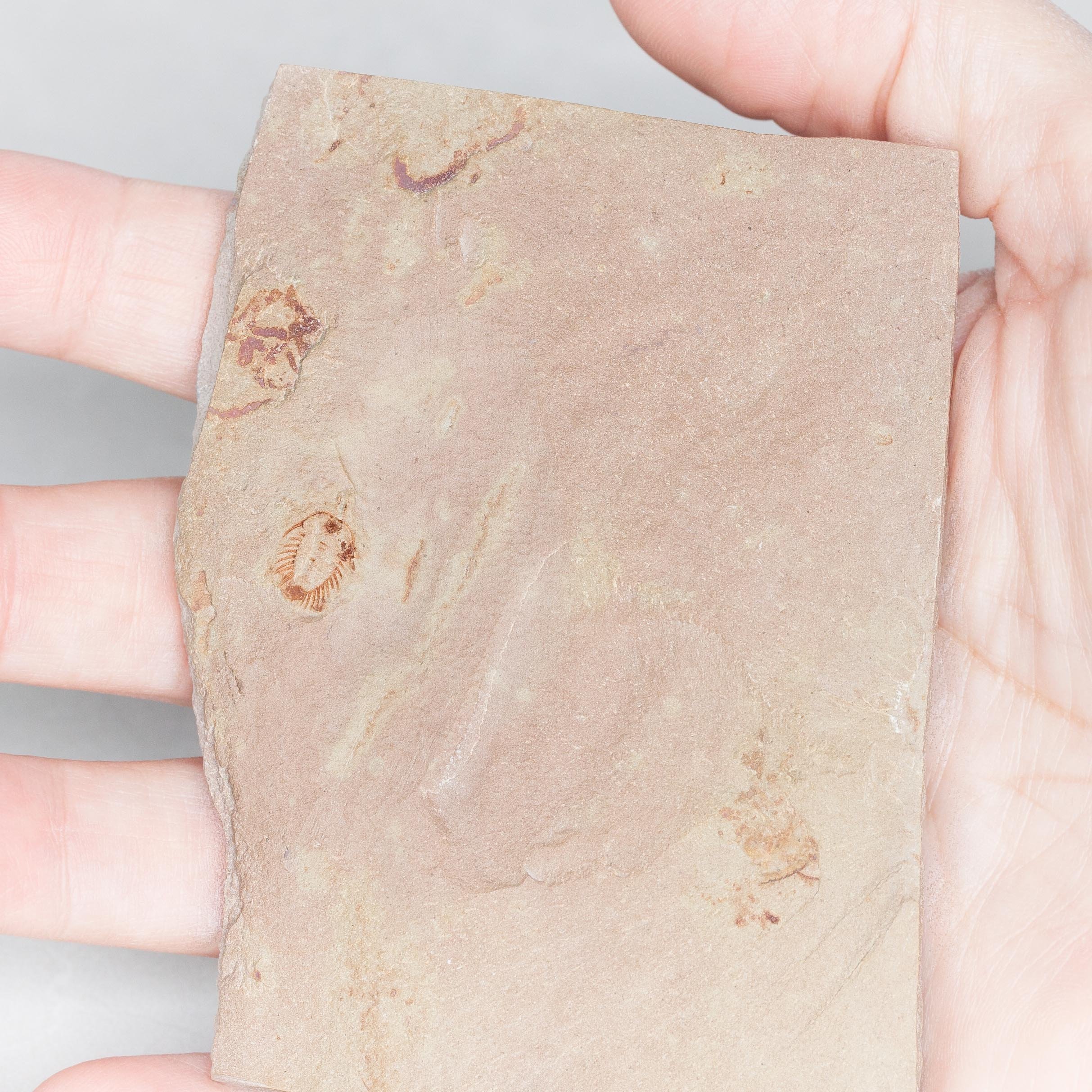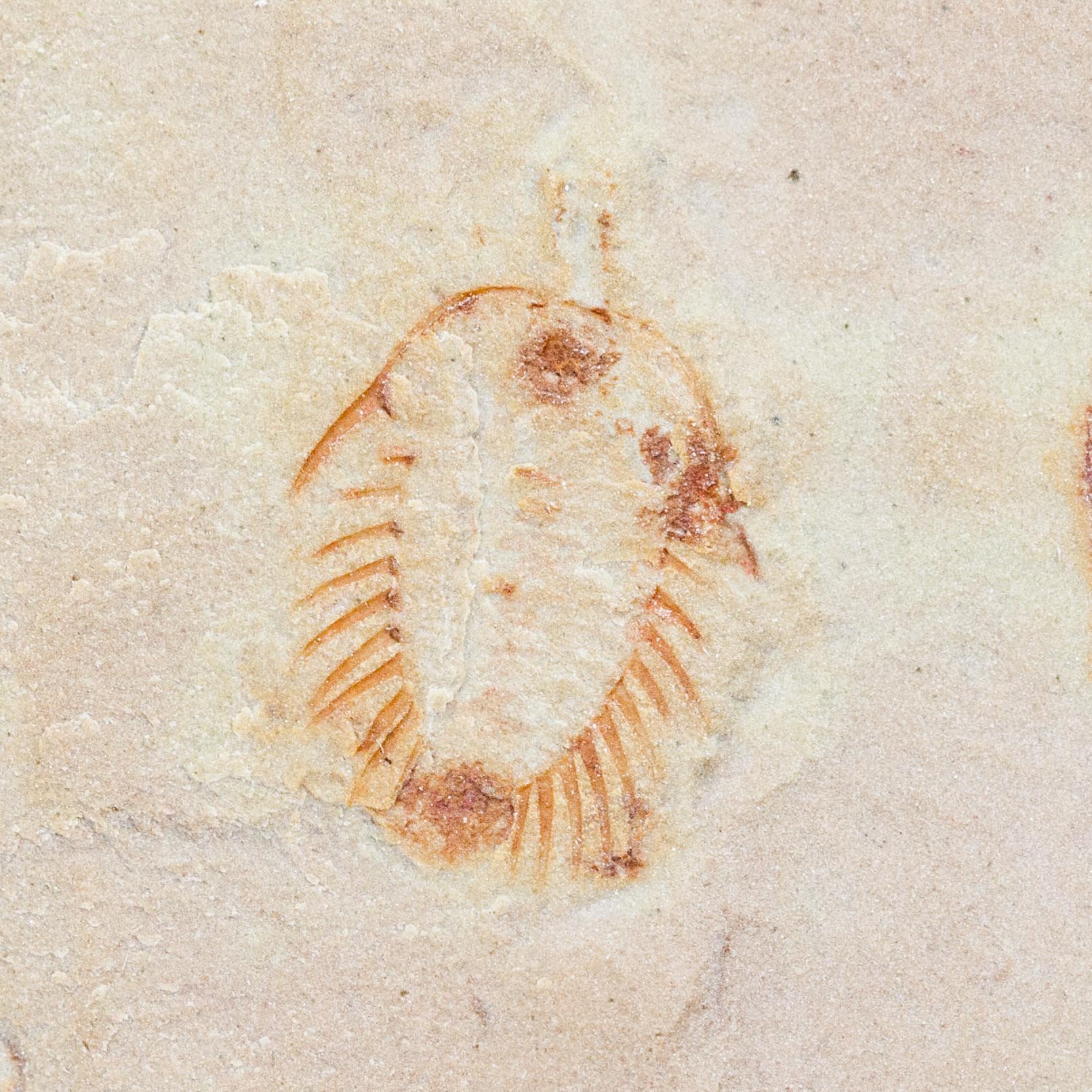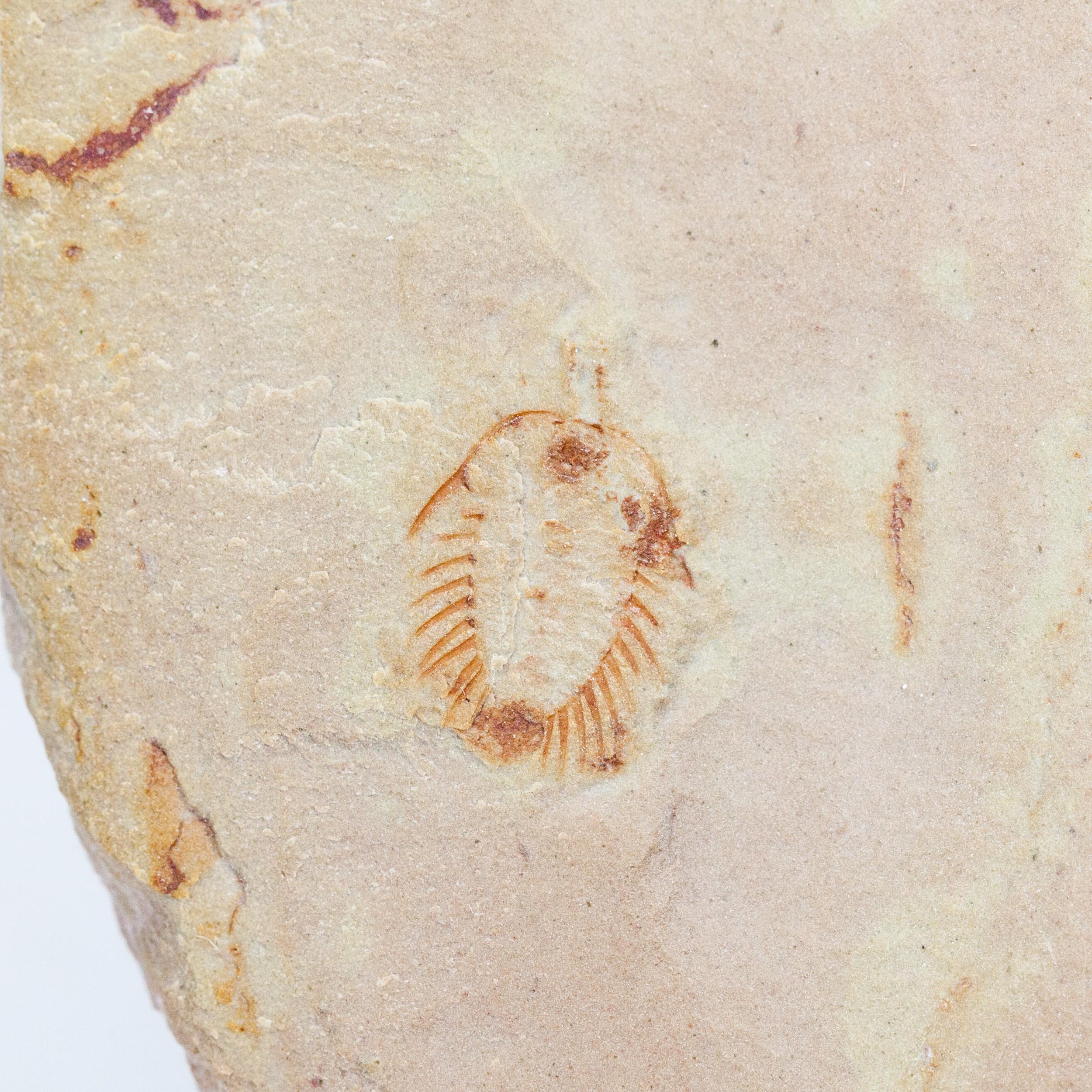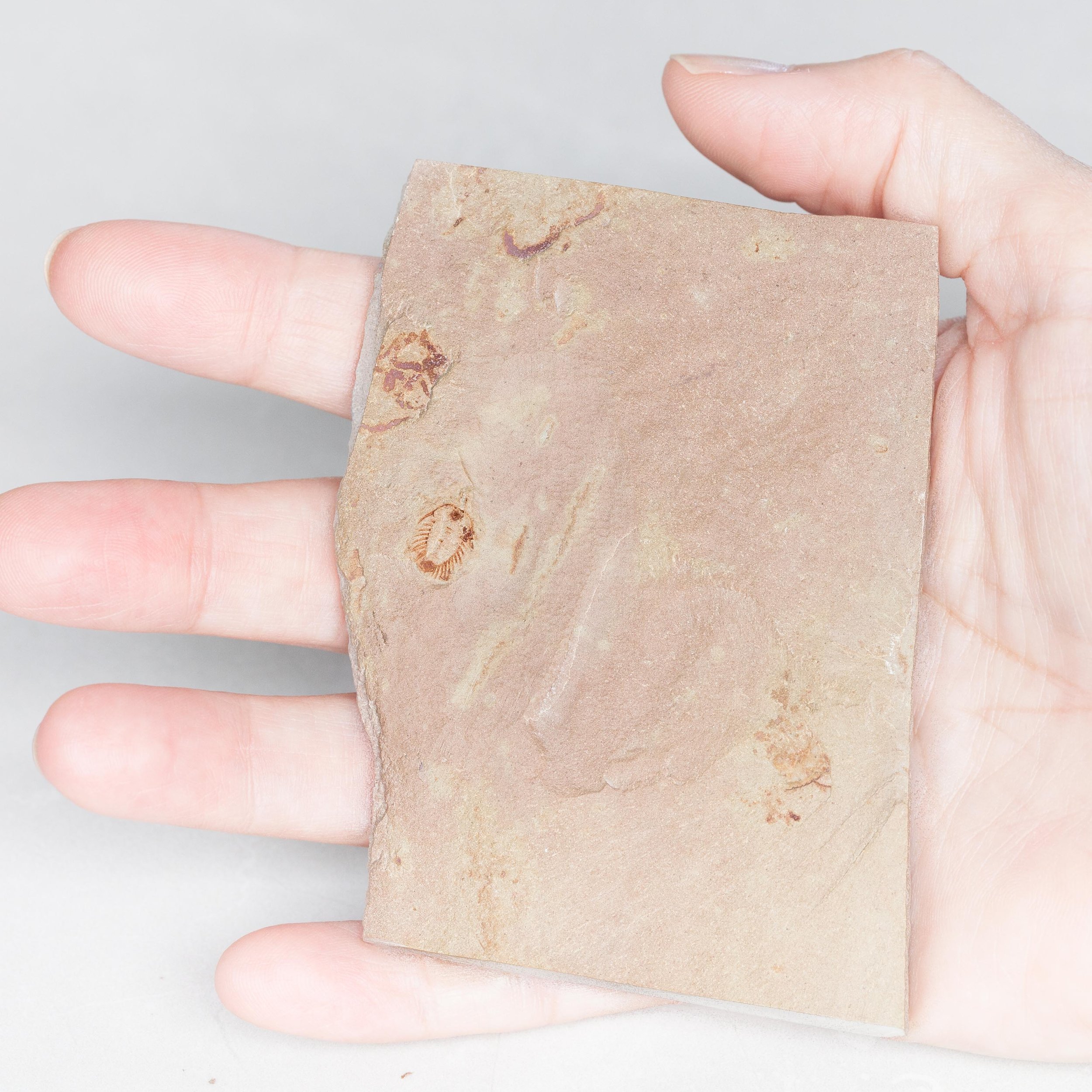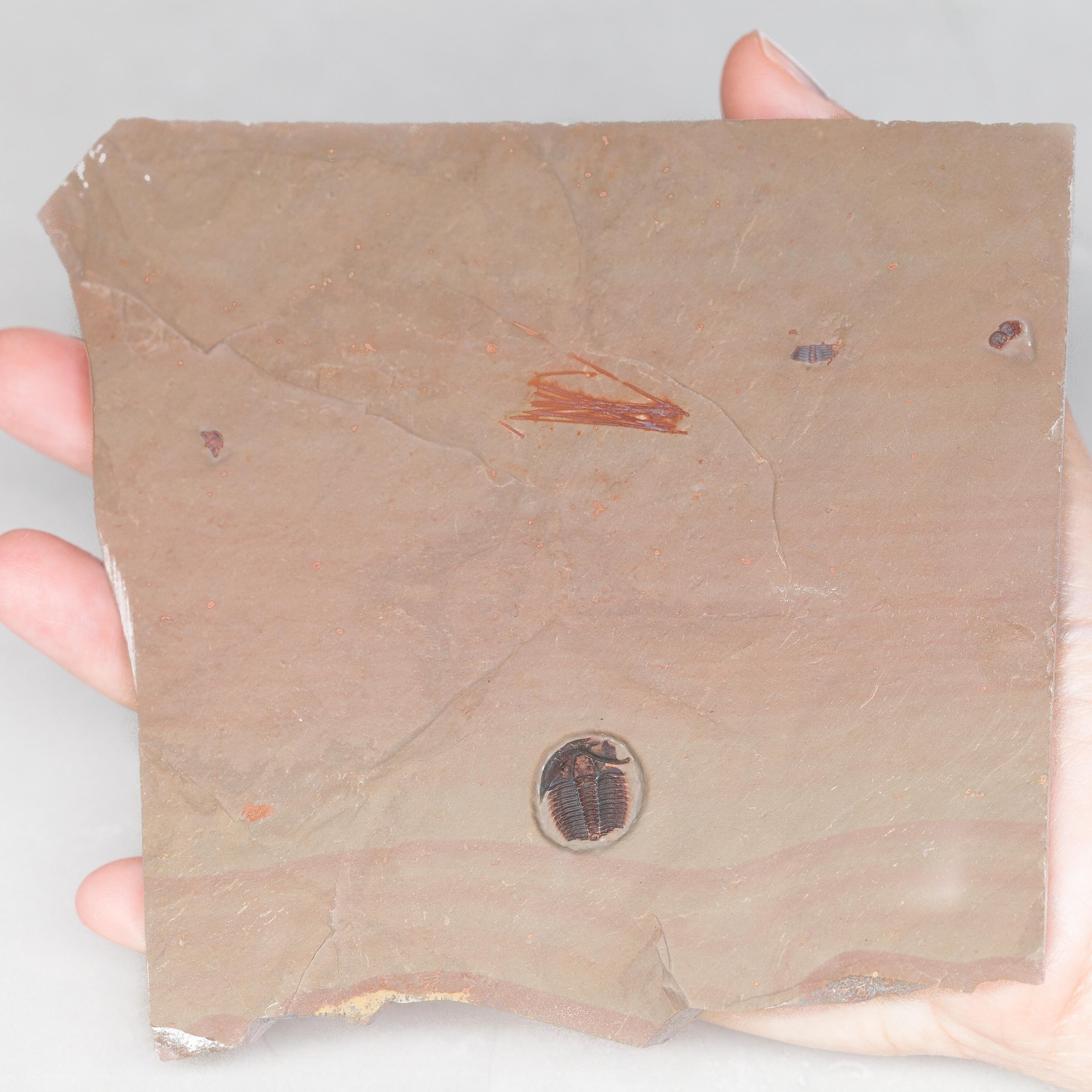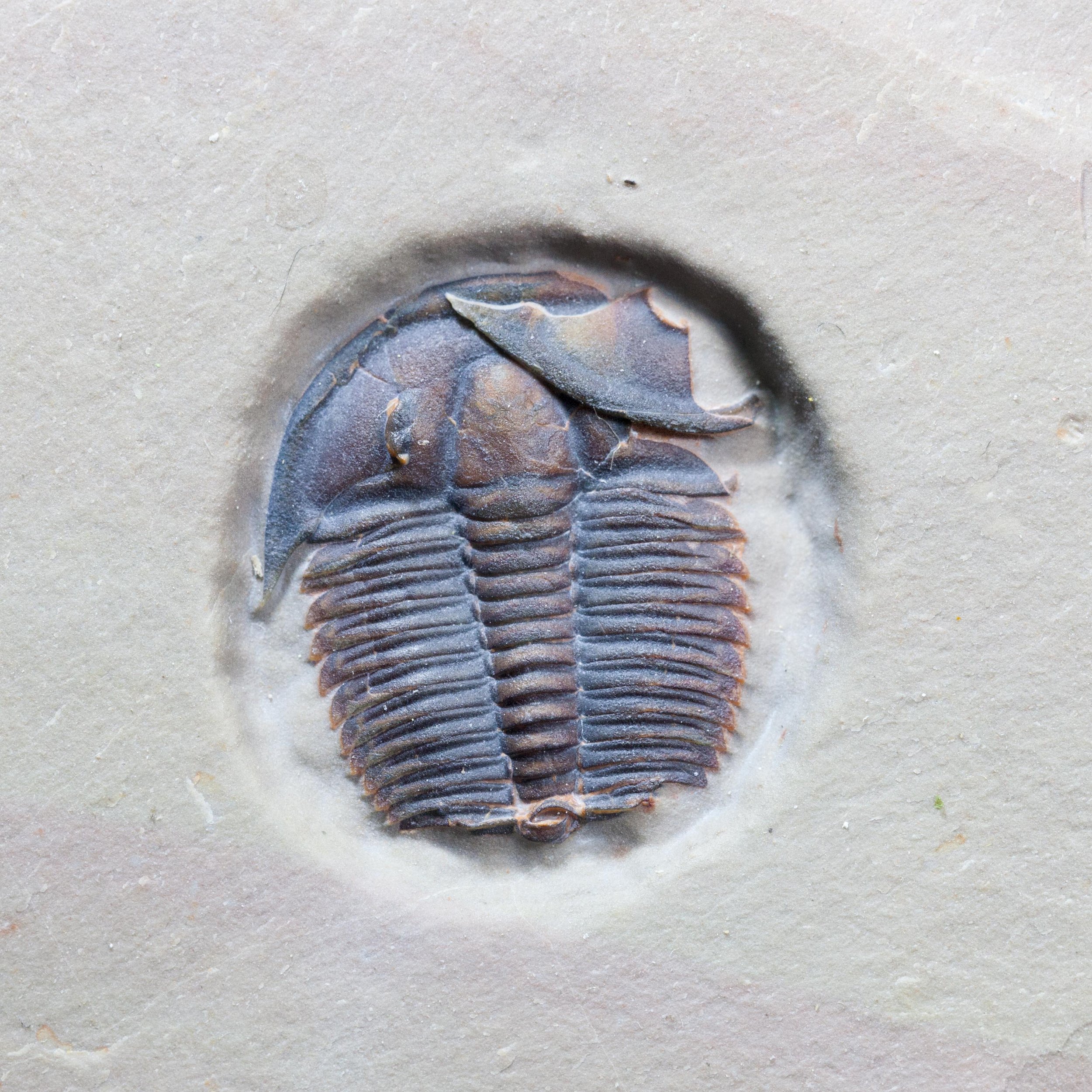Elrathia kingii
Vendor: Gold Bugs
SKU Number: SQ6467466
A beautiful pairing of red Elrathia kingii trilobites from the sought after Middle Cambrian, Wheeler Shale Formation of Utah.
This double specimen features two large specimens slightly offset from one another. These are very large for the site and exhibit a striking red color.
Full dimensions are listed below.
Vendor: Gold Bugs
SKU Number: SQ6467466
A beautiful pairing of red Elrathia kingii trilobites from the sought after Middle Cambrian, Wheeler Shale Formation of Utah.
This double specimen features two large specimens slightly offset from one another. These are very large for the site and exhibit a striking red color.
Full dimensions are listed below.
Vendor: Gold Bugs
SKU Number: SQ6467466
A beautiful pairing of red Elrathia kingii trilobites from the sought after Middle Cambrian, Wheeler Shale Formation of Utah.
This double specimen features two large specimens slightly offset from one another. These are very large for the site and exhibit a striking red color.
Full dimensions are listed below.
Additional Information
Elrathia kingii is one of the most common trilobites of the Middle Cambrian, wheeler Shale formation in Utah. Its more familiar form is a compressed dark gray mineralized carapace on a mid to dark gray shale. However, the Wheeler Shale has many facies including calcareous shale, shaley limestone, mudstone and thin, flaggy limestone that create amazingly colorful contrasts of reds, yellows, browns and greens.
The rock color combinations are caused by a variety of minerals, including iron and organic carbon. The color of sedimentary rocks reflect the depositional environments, including oxygen levels, organic matter, sedimentation rate, etc. Color is also influenced by transition metals such as iron, magnesium, copper, zinc, titanium and many others. E. kingii is a medium-sized trilobite with a smooth sub-ovate carapace that is tapered towards the rear. Thorax is usually 13 segments. Pygidium has four axial rings and a long terminal piece. Posterior margin of the pygidium has a long broad medial notch.


